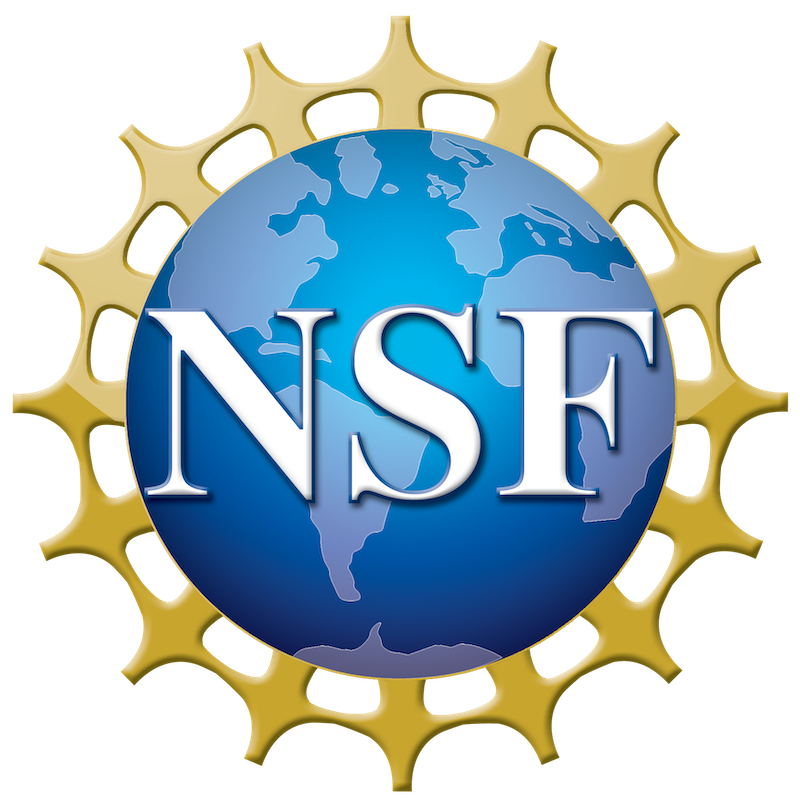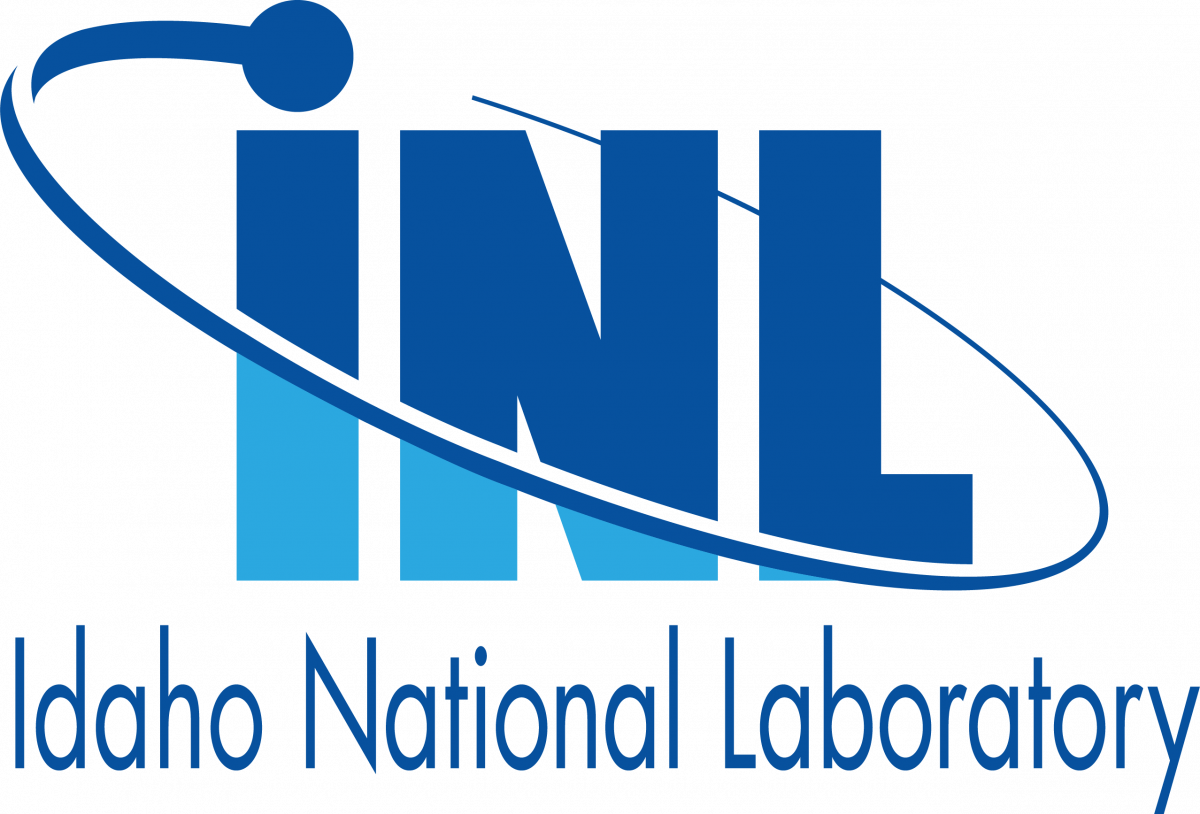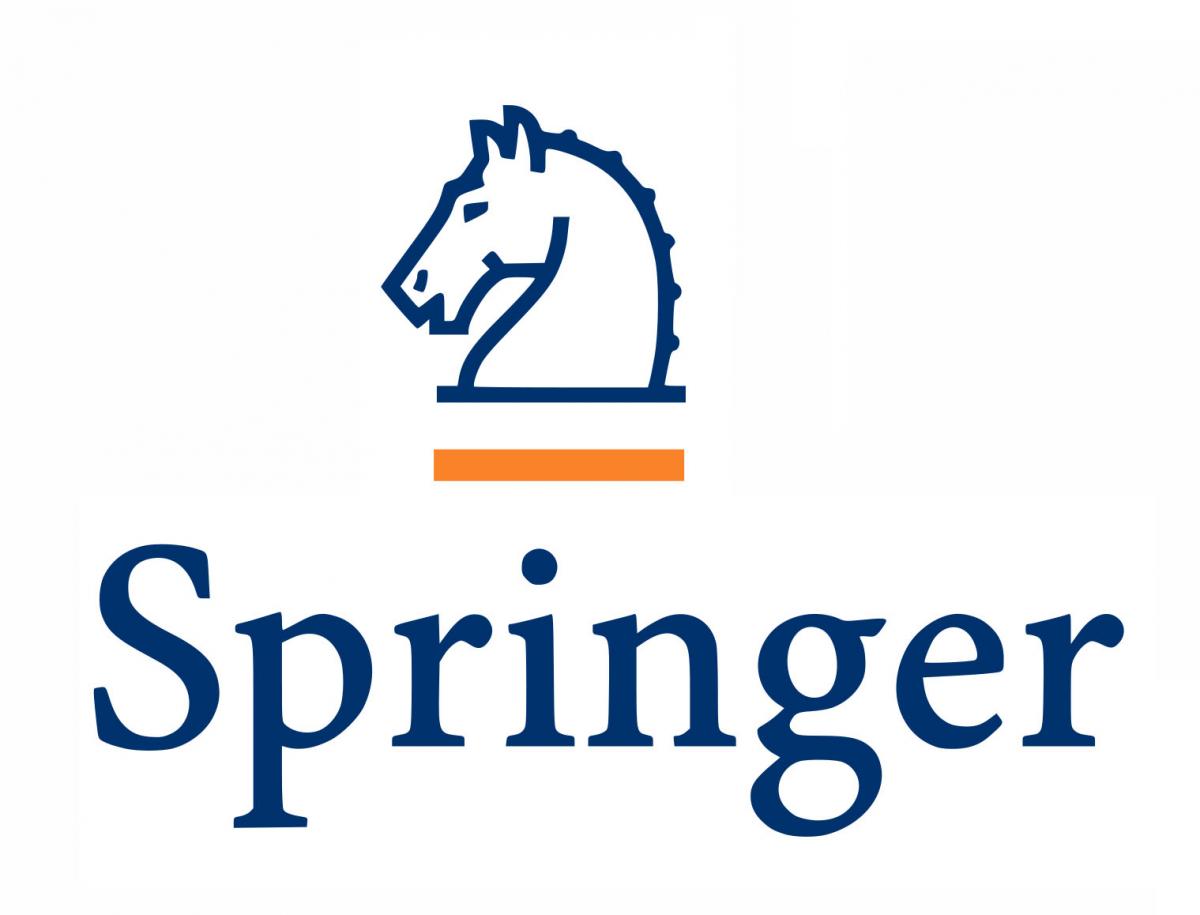Lin Cheng, Worcester Polytechnic Institute
Jinhui Yan, University of Illinois Urbana-Champaign
Miguel Bessa, Brown University
Qizhi He, University of Minnesota Twin Cities
Additive manufacturing is promised to be the next generation of manufacturing techniques due to its unique capability of producing complex structures and multi-material components. However, applying conventional numerical methods for a reliable process-structure-properties-performance (PSPP) model is challenging because of the multiscale and multi-field physics nature of the manufacturing process. Recent advances in monitoring and testing techniques (e.g., co-axial melting pool monitoring, X-ray for defects detection, etc.) allows the collection of both in- and ex-situ PSPP data, representing the tremendous potential for the fundamental knowledge of AM process and materials. Physics-based machine learning (ML) for AM has drawn significant interest since it can integrate data from various resources, such as sensors, cameras, high-fidelity simulations, etc., with physical models for the predictive PSPP relationship. These new and exciting developments are pushing the transformation from conventional modeling and design for AM to an interpretable data-driven paradigm. This mini-symposium aims to provide a platform for experts working on physics-based ML for AM to share recent progress and identify the research needs to advance the methods for engineering applications.
The topics include, but are not limited to:
- In/ex-situ data integration with multi-scale and multi-field physics modeling for AM
- Combination of part-scale and powder-scale simulations
- In-situ monitor and data analysis for physical model calibration
- Uncertainty quantification in AM process and materials properties prediction
- Combined simulation and in-situ processing monitor for rapid build qualification
- Effects of AM microstructure and defects on mechanical properties
- Feedback control for manipulating microstructures in as-built structures
- Computational and data-driven design of functional structures, bio-inspired composites, etc.
- Scaling law identification and discovery for AM process and materials











